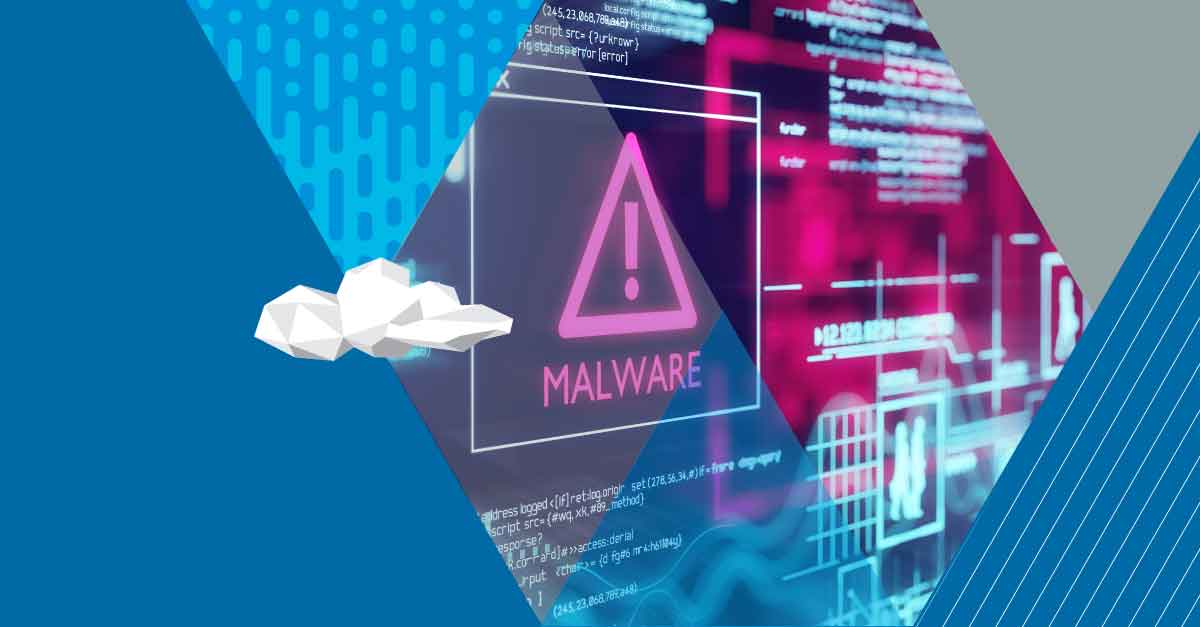History and Evolution
Cobalt Strike emerged as a successor to Armitage, an open-source penetration testing tool. The need for a more robust and feature-rich framework to simulate APT (Advanced Persistent Threat) activities primarily drove its development. Over time, Cobalt Strike has evolved, incorporating advanced capabilities that empower red teams and cybersecurity professionals to effectively assess an organization's ability to detect, prevent, and respond to cyber attacks.
Cobalt Strike's Key Features
Beacon payload framework
At the heart of Cobalt Strike resides the Beacon payload framework. This framework serves as the primary component for establishing communication between the attacker and the compromised system. Beacon provides a stealthy and flexible channel for command and control (C2) communications, allowing operators to execute various post-exploitation activities.
Covert communication channels
To evade detection, Cobalt Strike employs a range of covert communication channels. By utilizing domain fronting, DNS tunneling, and other obfuscation techniques, it effectively conceals its presence on the network. These covert channels empower operators to maintain persistence within compromised systems, retrieve valuable data, and exercise control over the compromised environment.
Post-exploitation modules
Cobalt Strike offers an extensive array of post-exploitation modules that enable operators to execute advanced attacks and gather valuable information. These modules facilitate activities such as privilege escalation, lateral movement, keylogging, file transfers, and more. With this comprehensive set of tools, red teams can effectively simulate real-world cyber threats.
Cobalt Strike's Applications
Red teaming and penetration testing
Cobalt Strike assumes a crucial role in red teaming exercises and penetration testing engagements. By emulating advanced threat actors, security professionals can assess an organization's defensive capabilities and identify vulnerabilities. Cobalt Strike enables teams to test security controls, evaluate incident response procedures, and enhance overall resilience against sophisticated attacks.
Security assessment and vulnerability identification
Organizations leverage Cobalt Strike to conduct thorough security assessments and identify potential vulnerabilities. It assists in uncovering weaknesses in network infrastructure, misconfigurations, and software vulnerabilities. By proactively detecting these issues, organizations can remediate them before they become exploited by real threat actors.
Incident response and threat hunting
During incident response activities, Cobalt Strike serves as a valuable tool for investigating compromised systems and determining the extent of an attack. By analyzing the artifacts left behind, security analysts can gain valuable insights into the threat actor's TTPs, aiding in containing the incident and preventing future breaches. Furthermore, Cobalt Strike supports threat hunting efforts by enabling security teams to proactively search for signs of compromise within their environment.
Cobalt Strike in Action
Exploitation and initial access
Cobalt Strike empowers attackers to exploit vulnerabilities and gain initial access to target networks or systems. This can be achieved through techniques such as spear-phishing, social engineering, or exploiting software vulnerabilities. Once inside, attackers can laterally move and escalate privileges, establishing a persistent presence.
Privilege escalation and lateral movement
Upon gaining initial access, Cobalt Strike simplifies privilege escalation and lateral movement within the compromised environment. Attackers can exploit weaknesses in access controls, abuse misconfigurations, or leverage stolen credentials to move laterally across the network. This facilitates the exploration and compromise of additional systems, granting greater control and potential impact.
Command and control (C2) communications
Establishing a link between the attacker and the compromised system relies on Cobalt Strike's command and control (C2) communications. By leveraging covert channels, it can avoid detection by traditional security measures. This communication framework enables operators to issue commands, exfiltrate data, and receive further instructions.
Data exfiltration and persistence
Cobalt Strike equips attackers with capabilities for exfiltrating sensitive data from compromised systems. Attackers can extract valuable information such as intellectual property, customer data, or login credentials. Moreover, Cobalt Strike facilitates the establishment of persistent access, ensuring that attackers can retain control over the compromised environment for an extended duration.
As the line between legitimate security testing tools and their exploitation by cyber adversaries continues to blur, security teams must remain vigilant and proactive in their defense strategies. Vectra AI offers advanced detection and response solutions tailored to identify and neutralize threats posed by unauthorized use of tools like Cobalt Strike. Contact us to fortify your cybersecurity posture against sophisticated attacks and ensure the integrity of your digital environment.






